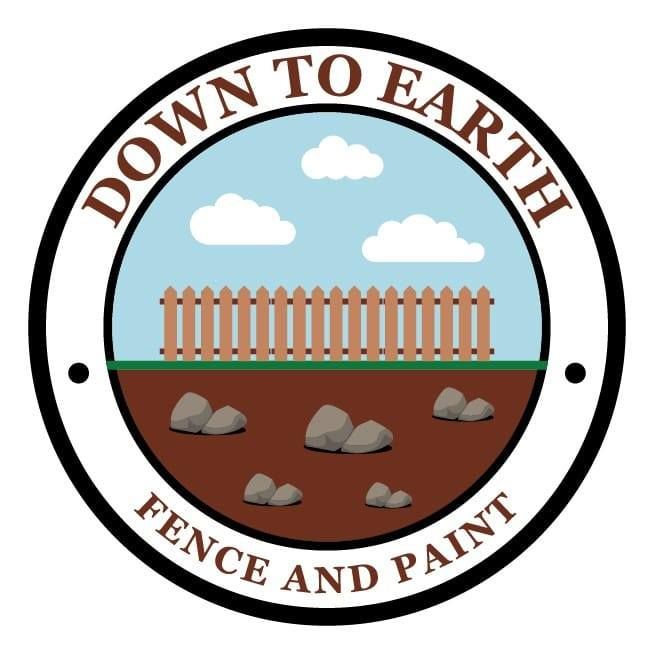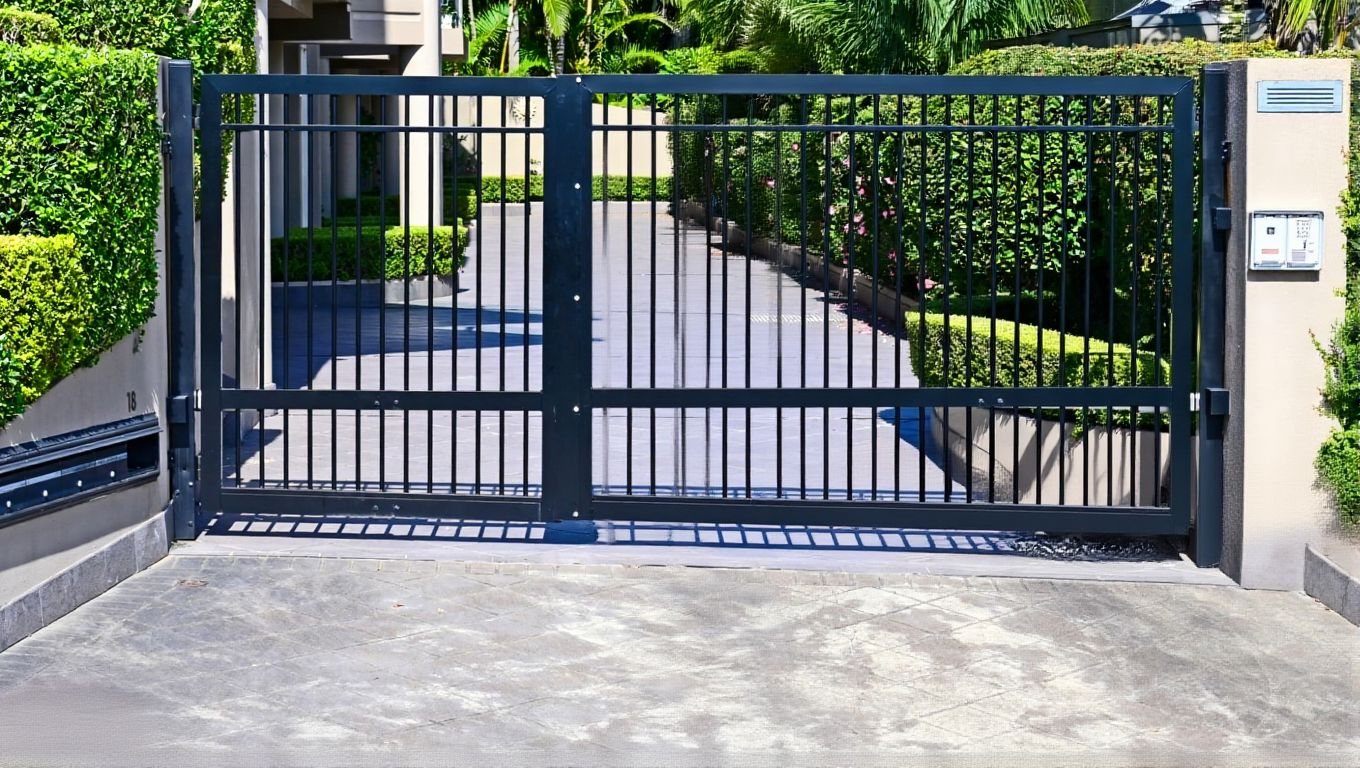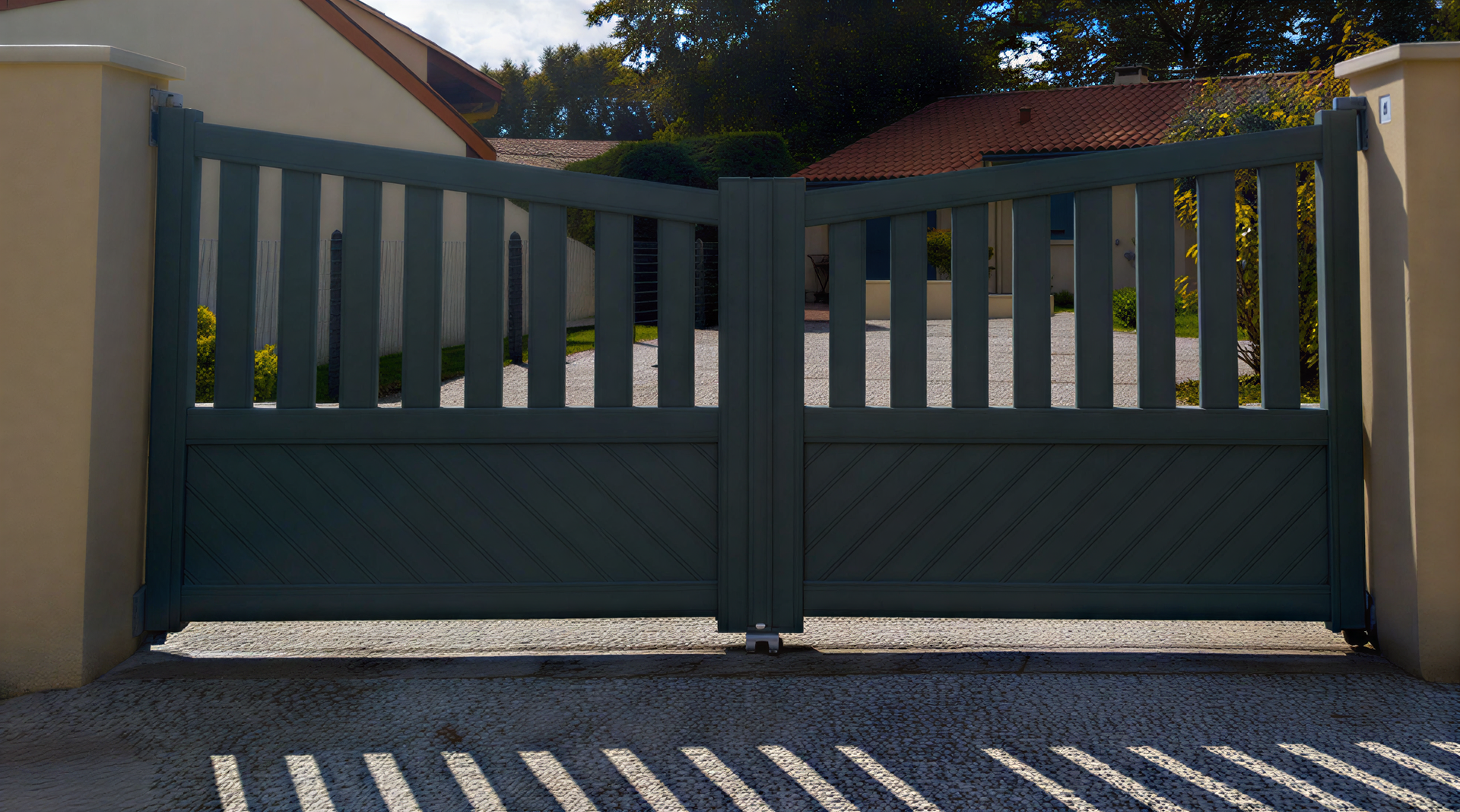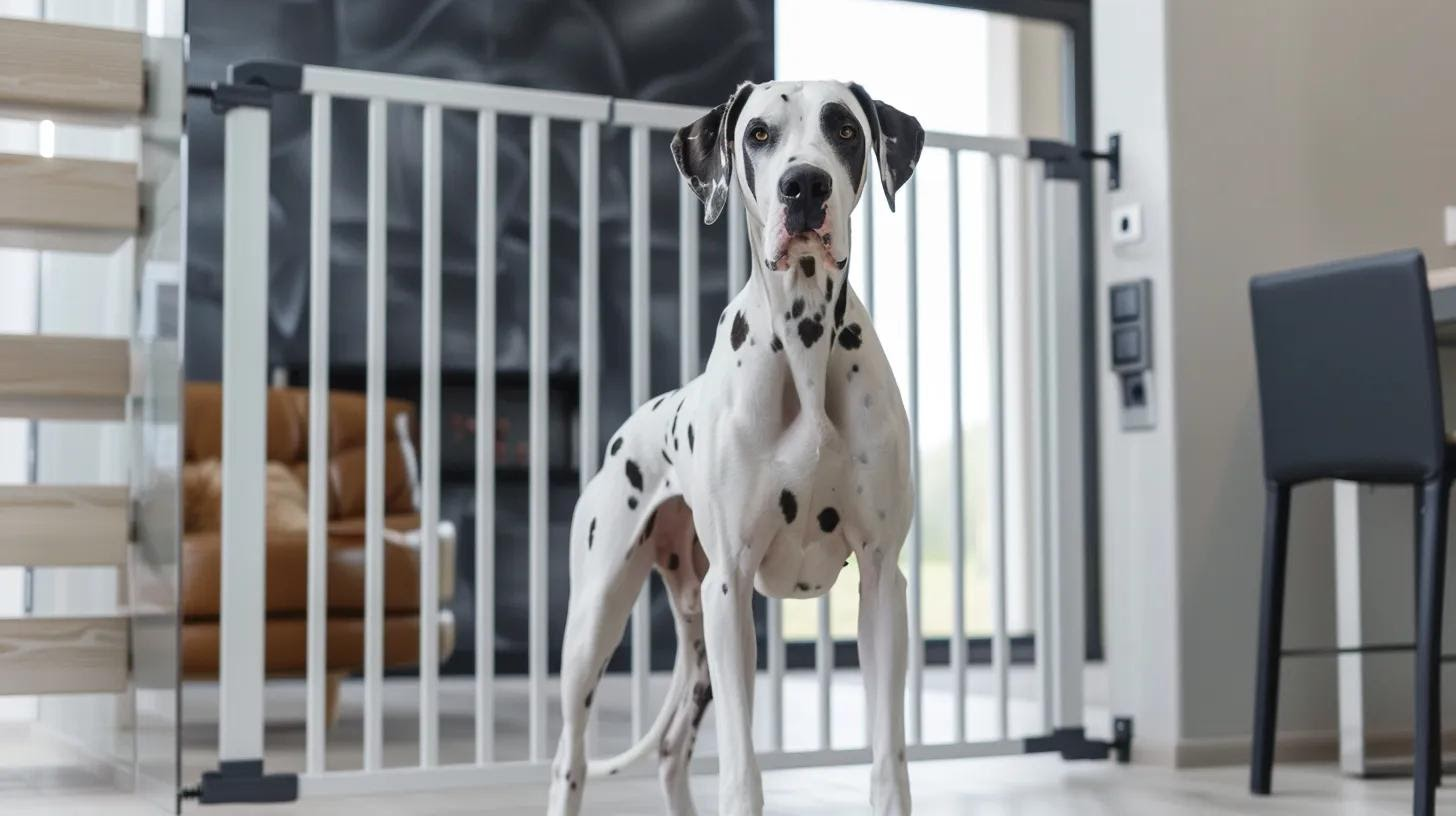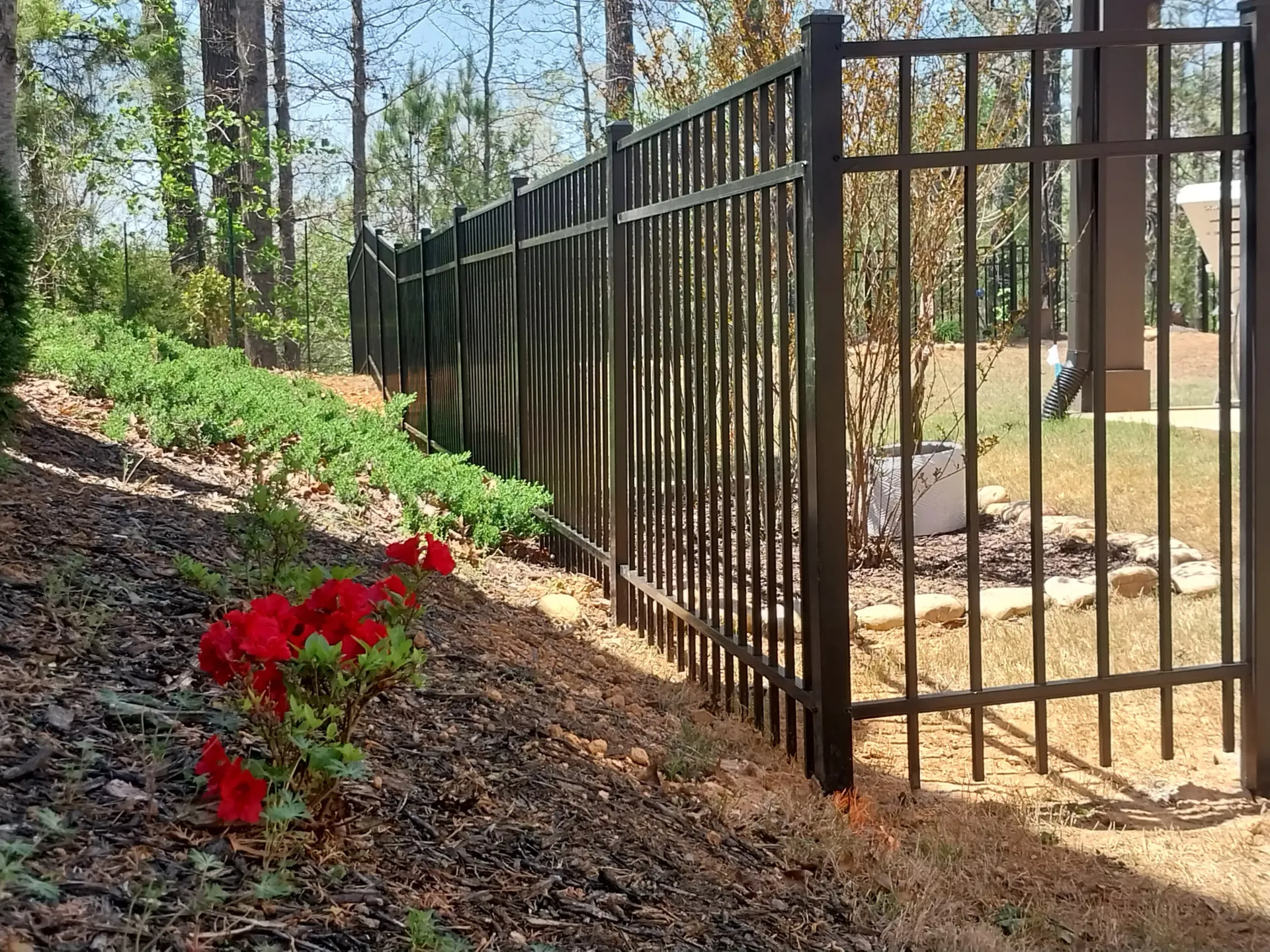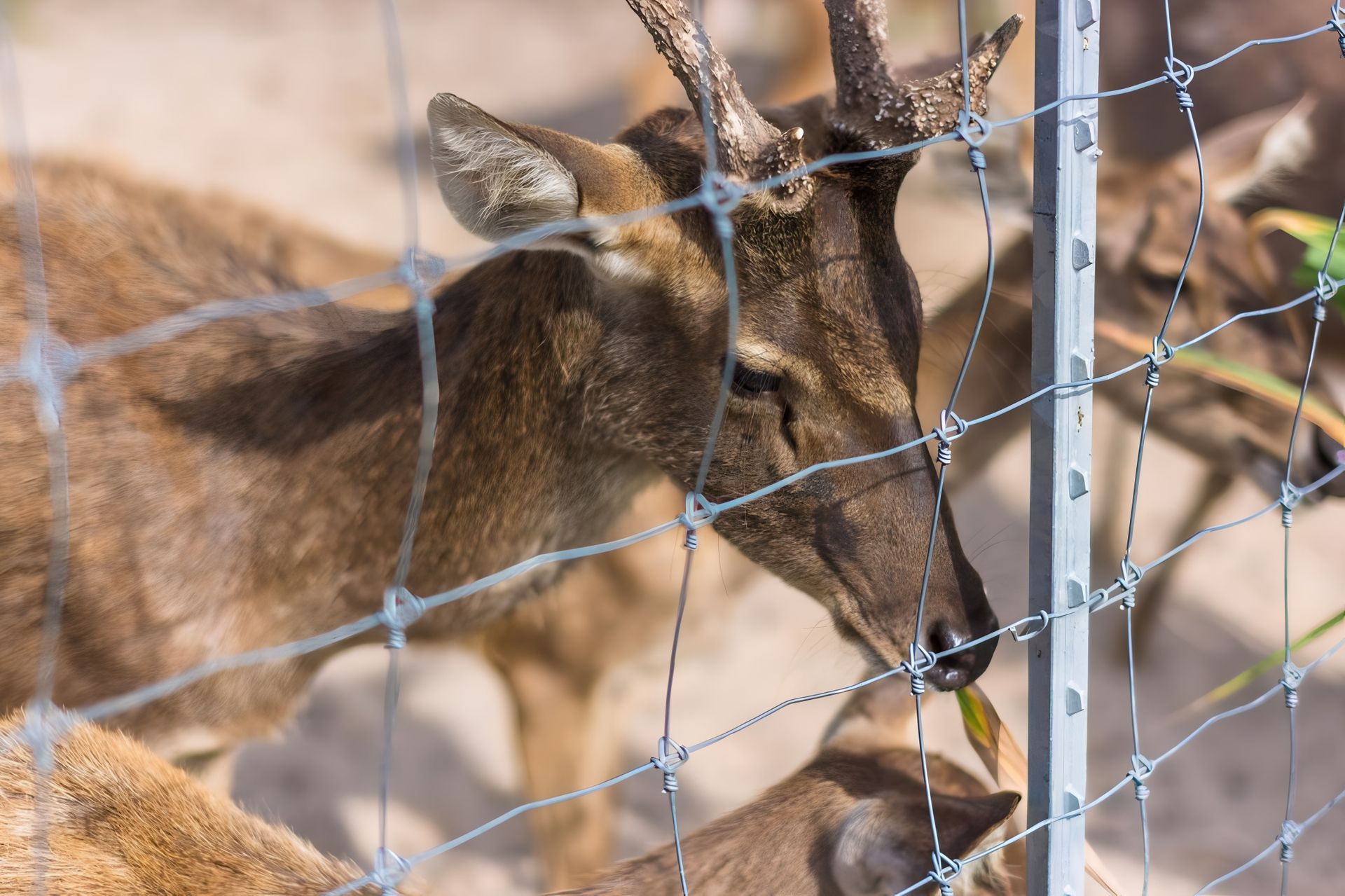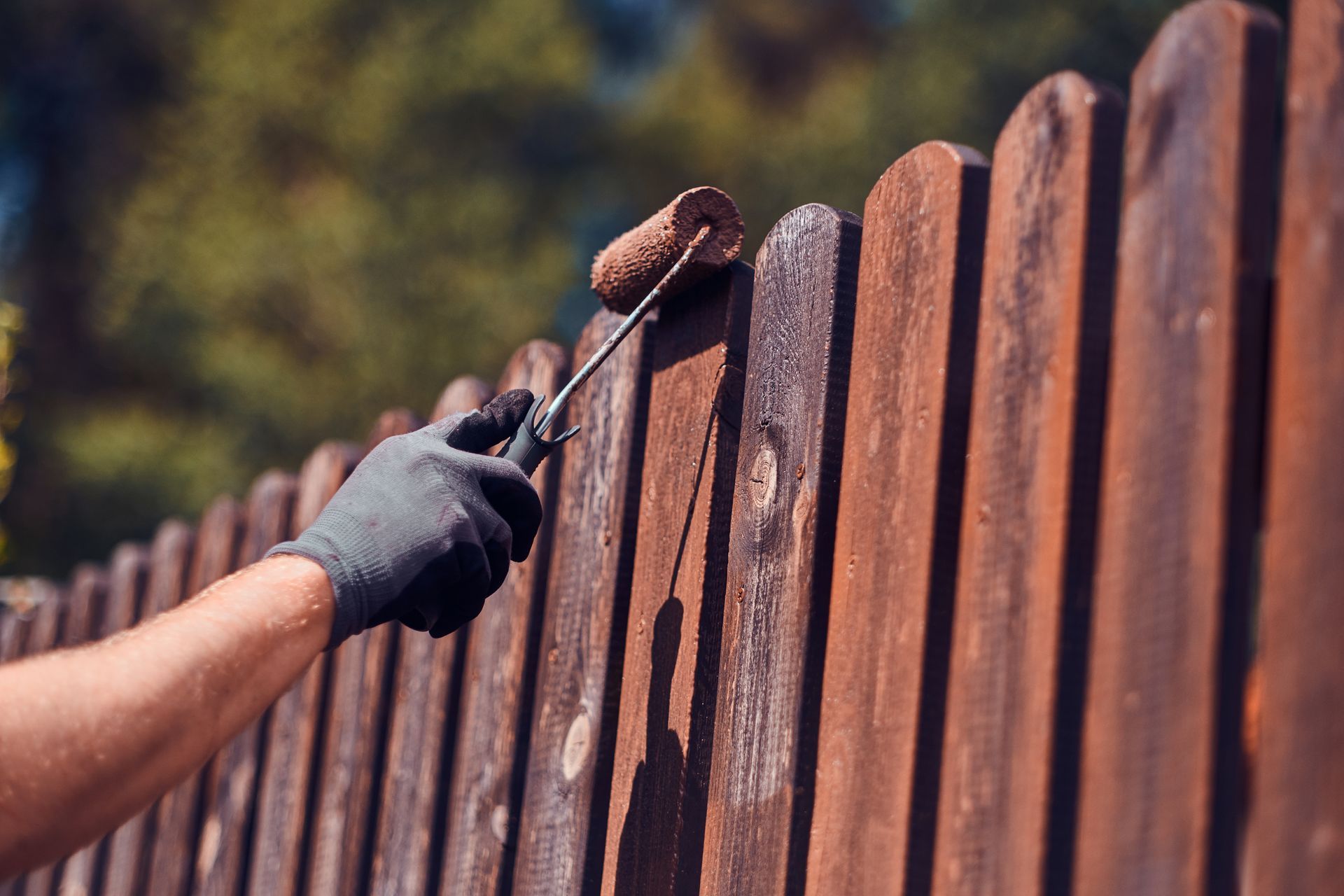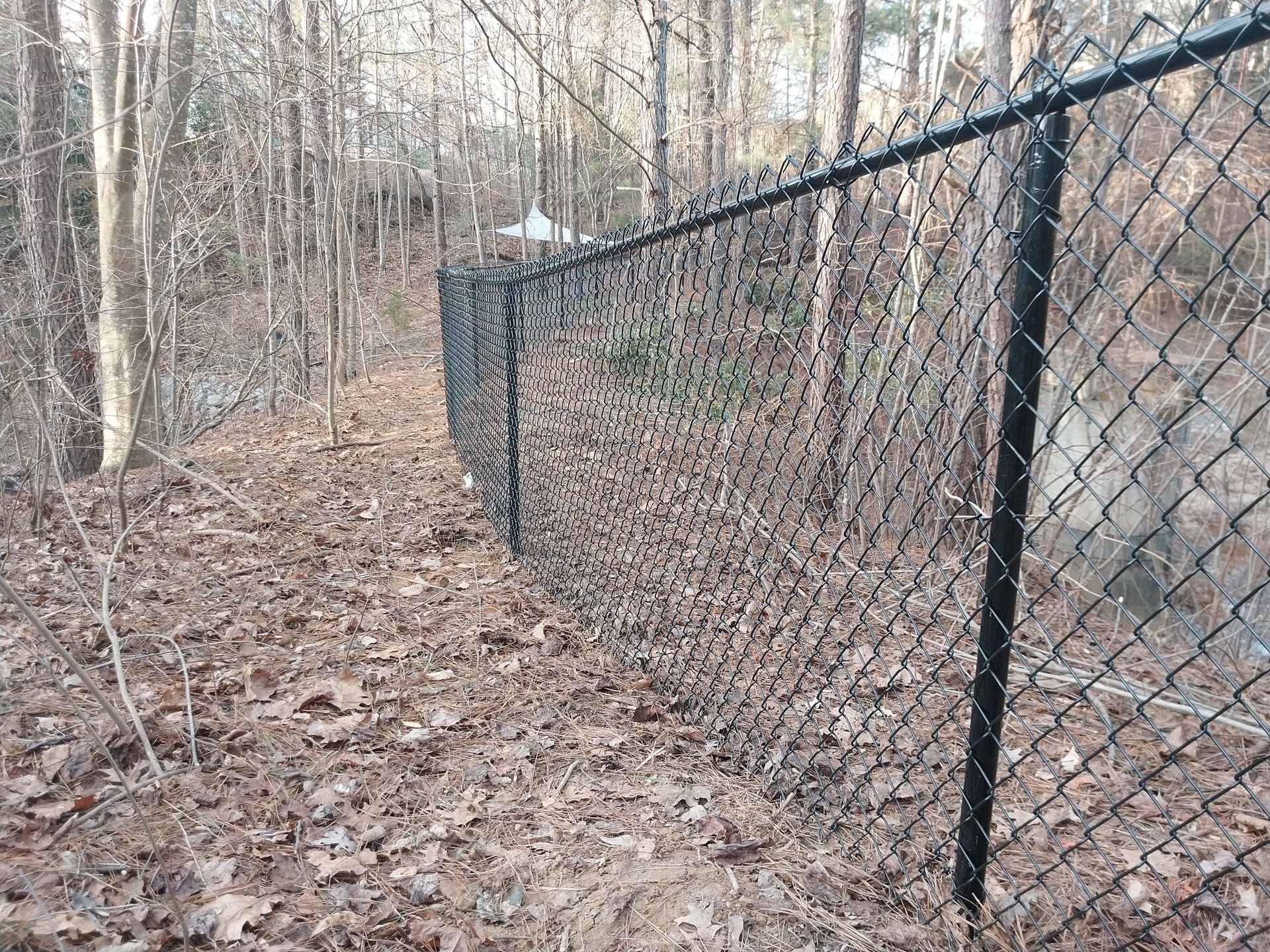Deer Fencing vs. Deer Repellents: What Actually Works in Georgia?
You might think a tall bush or a store-bought spray is enough to keep deer out of your yard, but if you're waking up to chewed plants, trampled gardens, or bark damage, it's time to face a tough truth. Those methods just don’t hold up, especially in Georgia.
It’s not your fault. Georgia’s lush yards are a paradise for deer, especially in areas near woods, fields, or creeks, and while repellents might seem like an easy fix, most don’t last more than a few days. Deer fence installation might feel like a big leap, but it’s the one that actually works.
In this guide, we’re breaking down the most common deer-deterrent methods, comparing their real-world results, cost over time, and ease of use. You’ll walk away knowing which solution protects your yard and which ones waste your time.
Why Deer Are So Hard to Keep Out
Deer are creatures of habit. Once they find a reliable food source, they’ll return often, sometimes nightly. A single whitetail can jump over 7 feet, slip through a 10-inch gap, and duck under poorly installed fencing. They’re surprisingly nimble and can adapt fast.
Georgia’s long growing season and mild winters only make the problem worse. If your yard backs up to woods, fields, or even a drainage ditch, you're a prime target.
They’re smart. They’re persistent, and they’re not afraid of motion lights or grandma’s wind chimes.
Common Deer Repellent Methods (And Their Drawbacks)
1. Sprays and Scent-Based Repellents
These rely on odors or tastes that deer dislike. Ingredients include garlic, hot pepper, rotten eggs, and castor oil.
Pros:
- Low upfront cost
- Easy to apply
- Widely available
Cons:
- Wears off after rain, dew, or watering
- Needs reapplying every 3–7 days
- Deer often become used to the smell
- Doesn’t stop deer from trampling or rubbing tree
2. Ultrasonic Sound Emitters and Motion-Activated Sprinklers
These systems aim to startle deer using high-pitched sounds or sudden blasts of water.
Pros:
- Humane
- Low maintenance once installed
Cons:
- Deer often ignore them after repeated exposure
- Can malfunction or run out of batteries
A deer may flinch the first time. By the third night? They’re walking right past it.
3. Old-School DIY Hacks: Soap, Hair, and Noise Makers
Home remedies include bar soap on string, hair clippings, aluminum pans, and wind chimes.
Pros:
- Cheap
- Easy to try
Cons:
- No consistent success
- Not backed by science
- Deer are too adaptable for gimmicks
If you’ve tried three different sprays and are now hanging Irish Spring in your trees, it’s time to consider a real solution.
The Fence That Actually Works: Physical Deer Fencing
Unlike repellents that try to discourage deer, fences stop them, and that difference matters when you’re protecting your vegetable beds, fruit trees, or carefully landscaped lawn. In one
study, fencing combined with over, and underpasses, significantly lowered wildlife-vehicle collisions (WVC) up to 83%.
What Makes a Fence "Deer-Proof"?
To keep deer out, a fence must be:
- At least 7–8 feet tall
- Solid or tightly woven to prevent squeezing through
- Properly installed with no low gaps or weak corners
Done right, this kind of fence works for decades.
Types of Deer Fencing That Work
1. High-Tensile Metal Mesh or Wire Fencing
Thin, durable wires arranged in a tight grid make a barrier that deer can’t break or jump.
Pros:
- Long-lasting (up to 20+ years)
- Low visual impact
- Effective for large or wooded properties
Cons:
- Can be tricky to install around uneven terrain
- Needs tensioning and secure posts
2. Vinyl-Coated Chain Link Fence
Sturdy and widely used, this fencing adds an extra layer of protection for suburban homes.
Pros:
- Great for families with pets or children
- Keeps out deer and other wildlife
- Easy to add gates and automation
Cons:
- More visible
- Less "natural" aesthetic than mesh options
Deer Fence vs. Repellents: Side-by-Side Comparison
| Feature | Repellents | Deer Fence Installation |
|---|---|---|
| Stops Deer Fully? | No | Yes |
| Works in Rain? | No | Yes |
| Long-Term Solution? | No | Yes |
| Annual Maintenance | High | Low |
| Keeps Other Animals Out? | No | Yes |
Don’t Forget the Gate
Even the best fence needs a secure entry. That’s why gate installation is one of the most common follow-up services our customers ask for.
A gate should match your fence in height and strength. You don’t want an 8-foot fence and a 4-foot gate. Add features like auto-close latches or electronic controls for better security.
For large properties, sliding or cantilever gates can make access easier. And if you’re using your fence for more than deer control, like for dogs, kids, or property security, we can help you find a solution that works for all of it.
Conclusion
Deer fence installation in Cumming works. Sprays, gadgets, and soap-on-a-rope don’t. If you're serious about keeping deer out, the choice is clear.
At Down to Earth Fence, we specialize in permanent fencing solutions for homes in North Georgia. Whether you need backyard privacy, pet security, or total deer control, we’ll design and install a fence that actually solves the problem.
]Get a free estimate today.
